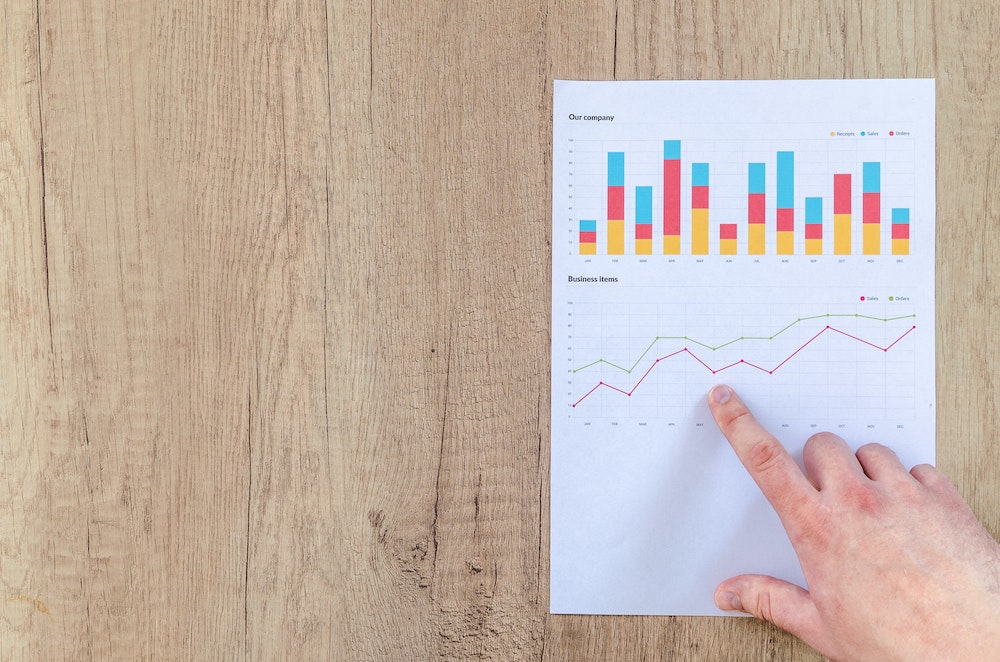Learn all about analytics in this comprehensive article, covering history, types, applications, tools, challenges, and future trends.
Analytics is the process of collecting, processing, and analyzing data to derive insights that can inform decision-making. It has become an essential tool for businesses, governments, and individuals seeking to better understand their operations, customers, and environments. Analytics has been made possible by advances in data collection and processing technologies, as well as the development of sophisticated algorithms that can extract patterns and trends from vast amounts of data. In this article, we will provide a comprehensive overview of analytics, its history, applications, and future trends.
Contents
- Overview
- History of Analytics
- Types of Analytics
- Applications of Analytics
- Tools and Technology for Analytics
- Challenges and Limitations
- Future Trends in Analytics
- References
Overview of Analytics
Analytics is a broad field that encompasses several disciplines, including statistics, data science, machine learning, and artificial intelligence. It involves the use of software tools and algorithms to extract insights from data, which can be used to improve decision-making, optimize processes, and identify opportunities for growth. Analytics can be used in a variety of settings, including business, healthcare, finance, sports, and government.
History of Analytics
The origins of analytics can be traced back to the early 20th century, when statistical methods were first developed to analyze data. In the 1960s and 1970s, the development of computer technology made it possible to process large datasets more efficiently, leading to the emergence of modern analytics. In the 1990s, the rise of the internet and e-commerce created a vast amount of digital data, which further fueled the growth of analytics.
Types of Analytics
Analytics can be divided into several types, depending on the nature of the data and the objectives of the analysis. The most common types of analytics include descriptive analytics, diagnostic analytics, predictive analytics, and prescriptive analytics.
Descriptive analytics involves the analysis of historical data to understand what happened in the past. It can be used to identify patterns and trends in data, as well as to summarize and visualize data.
Diagnostic analytics involves the analysis of data to understand why something happened in the past. It can be used to identify the root causes of problems and to help inform decisions about how to address them.
Predictive analytics involves the use of statistical models and machine learning algorithms to make predictions about future events. It can be used to forecast trends, identify potential risks, and inform decision-making.
Prescriptive analytics involves the use of optimization algorithms to identify the best course of action to achieve a desired outcome. It can be used to optimize business processes, allocate resources, and improve performance.
Applications of Analytics
Analytics has a wide range of applications across different industries and domains. In business, analytics can be used to improve marketing, sales, customer service, and supply chain management. It can also be used to optimize pricing, inventory, and production processes. In healthcare, analytics can be used to improve patient outcomes, reduce costs, and optimize resource allocation. In finance, analytics can be used to identify fraud, manage risk, and optimize investment portfolios. In sports, analytics can be used to improve player performance, optimize team strategies, and inform scouting and recruitment. In government, analytics can be used to improve public services, reduce costs, and inform policy-making.
Tools and Technologies for Analytics

As data continues to grow in volume and complexity, analytics is expected to play an increasingly important role in business and society.
There are numerous tools and technologies available for analytics, ranging from open-source software to commercial platforms. Some of the most popular tools and technologies for analytics include statistical software such as R and SAS, programming languages such as Python and Java, and data visualization tools such as Tableauge of cloud-based platforms and services available for analytics, such as Amazon Web Services, Microsoft Azure, and Google Cloud Platform.
Challenges and Limitations of Analytics
While analytics has the potential to provide valuable insights and improve decision-making, it is not without its challenges and limitations. One of the main challenges is data quality, as poor quality data can lead to inaccurate insights and decisions. Another challenge is the need for skilled professionals who can effectively manage and analyze data, as well as develop and deploy algorithms. Additionally, there are ethical and legal concerns related to the use of analytics, such as privacy, bias, and transparency.
Future Trends in Analytics
As data continues to grow in volume and complexity, analytics is expected to play an increasingly important role in business and society. Some of the key trends in analytics include the use of machine learning and artificial intelligence to automate and enhance data analysis, the adoption of cloud-based analytics platforms, and the integration of analytics with other technologies such as the internet of things (IoT) and blockchain. There is also a growing focus on the ethical and social implications of analytics, with an increasing demand for transparency and accountability in data-driven decision-making.
Analytics has become an essential tool for businesses, governments, and individuals seeking to better understand their operations, customers, and environments. It has a wide range of applications and has been made possible by advances in data collection and processing technologies, as well as the development of sophisticated algorithms. However, there are also challenges and limitations to the use of analytics, such as data quality and ethical concerns. As data continues to grow in volume and complexity, analytics is expected to play an increasingly important role in business and society, with a focus on automation, integration, and ethical considerations.
References
- Davenport, T. H. (2013). Analytics 3.0. Harvard Business Review, 91(12), 64-72.
- Sivarajah, U., Kamal, M. M., Irani, Z., & Weerakkody, V. (2017). Critical analysis of big data challenges and analytical methods. Journal of Business Research, 70, 263-286.
- Marakas, G. M., & O’Brien, J. A. (2018). Introduction to Information Systems, 17th ed. New York, NY: McGraw-Hill Education.
- Provost, F., & Fawcett, T. (2013). Data Science for Business: What You Need to Know about Data Mining and Data-Analytic Thinking. Sebastopol, CA: O’Reilly Media.
- Manyika, J., Chui, M., Brown, B., Bughin, J., Dobbs, R., Roxburgh, C., & Byers, A. H. (2011). Big data: The next frontier for innovation, competition, and productivity. McKinsey Global Institute.
- Press, G. (2013). Data Science for Business: What You Need to Know about Data Mining and Data-Analytic Thinking. Harvard Business Review Press.
- Wu, X., Zhu, X., Wu, G. Q., & Ding, W. (2014). Data Mining with Big Data. IEEE Transactions on Knowledge and Data Engineering, 26(1), 97-107.
- Kim, J., & Mueller, R. (2016). Introduction to Data Science: A Python Approach to Concepts, Techniques, and Applications. New York, NY: Springer.
- Kudyba, S. (2019). Analytics 2.0: Big Data Analytics and Machine Learning in R. Boca Raton, FL: CRC Press.
- McAfee, A., & Brynjolfsson, E. (2012). Big data: The management revolution. Harvard Business Review, 90(10), 60-68.
- Only Up Game: Soaring to New Heights in the World of Gaming - June 30, 2023
- Chicago: The Vibrant Metropolis of the Midwest - June 22, 2023
- Oceangate: Exploring the Depths with the Titan Expedition - June 22, 2023


